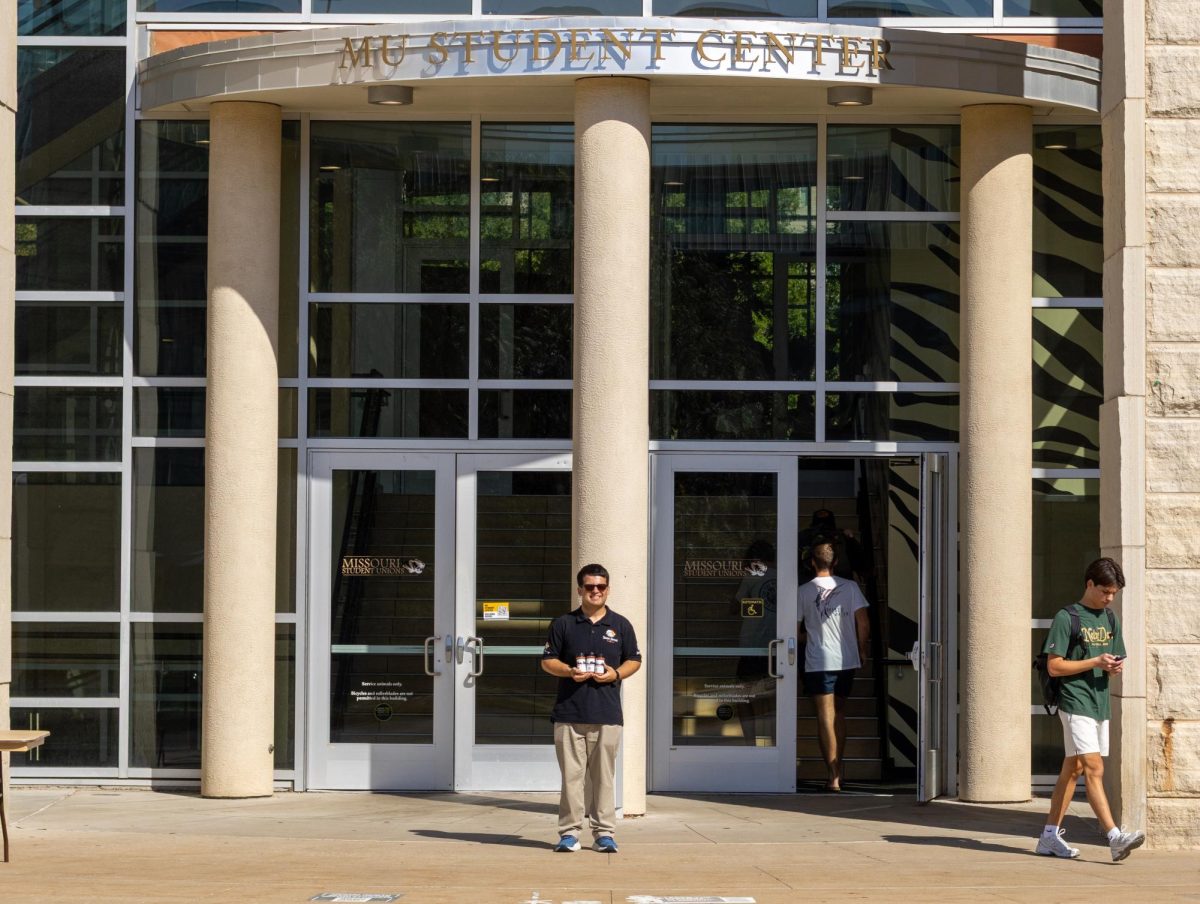MU’s Concrete Canoe Team proves year after year that it is indeed possible for a concrete canoe to float.
An object with less density than water will float, yet so will steel ocean liners, which are much denser than water.
Co-captain Zach Treece said, it all comes down to the amount of water displaced. If more water is displaced than the weight of the concrete, the canoe will float.
Concrete is an expensive and complicated material to work with, he said. It is also prone to cracking. A crack in a sidewalk will not destroy everything, but a crack in the canoe is enough to send it underwater.
“You (have to) hope it doesn’t crack or pull apart,” co-captain Erik Howell said.
In preparing the canoe’s concrete for usage in its mold, the biggest challenge is finding the best strength and density, Treece said.
“Concrete takes close to a month to reach full strength,” Treece said. “We had to be careful around it while it was curing. This year we had to add air to the mix, which weakens (concrete), so it would not run down the sides of the mold.”
Concrete canoes are built to survive even a dunk test. As part of the regional conference at Kansas State University in April, each collegiate team’s canoe was forced underwater, where it proved its buoyancy by floating to the surface. MU’s green and yellow canoe passed and then made it through each component of the competition.
“There’s the technical paper, oral presentation, visual presentation and judging and, finally, six races,” Treece said. “I would say our weakness was our technical paper.”
The team already has some plans for the 2012 regional conference.
“We’re hoping to work on the paper (and) come up with a cool design, like (the MU team) a couple years ago,” Howell said.
After an overall third place finish for the third year in a row, the team heads into next year with four returning members: Treece, Howell, Matt Aiella and Derrick Price, who are all sophomores and co-captains. To make up for graduating teammates, recruitment will start in the College of Engineering this fall and then expand to any student at MU.
“The University of Oklahoma (team) has a history of going on to Nationals,” adviser Vellore “Gopal” Gopalaratnam said. “In addition to engineering students, they have athletes on the (concrete canoe) team who are on the rowing team (as well).”
Each year’s concrete canoe represents a year of work for the team. Summers are spent fundraising and preparing sponsor proposals. Then, the team starts to come together fall semester. Most of the building is done during the spring semester.
“Students really do all the work themselves,” Gopalaratnam said. “[I do] very little except sign their bills.”
Being able to learn about some engineering principles while still an underclassman and to see how everything works in the labs are advantages for students on the team.
“My dad was on the Concrete Canoe Team when he was in school (here),” Treece said. “Concrete canoe also seemed pretty hands-on and encompassed a lot of engineering learning points.”







